The Eye of the Ocean monitoring program aims to protect Santa Elena Bay in connectionwith the occurrence and monitoring of whales, especially humpback whales.
Find out more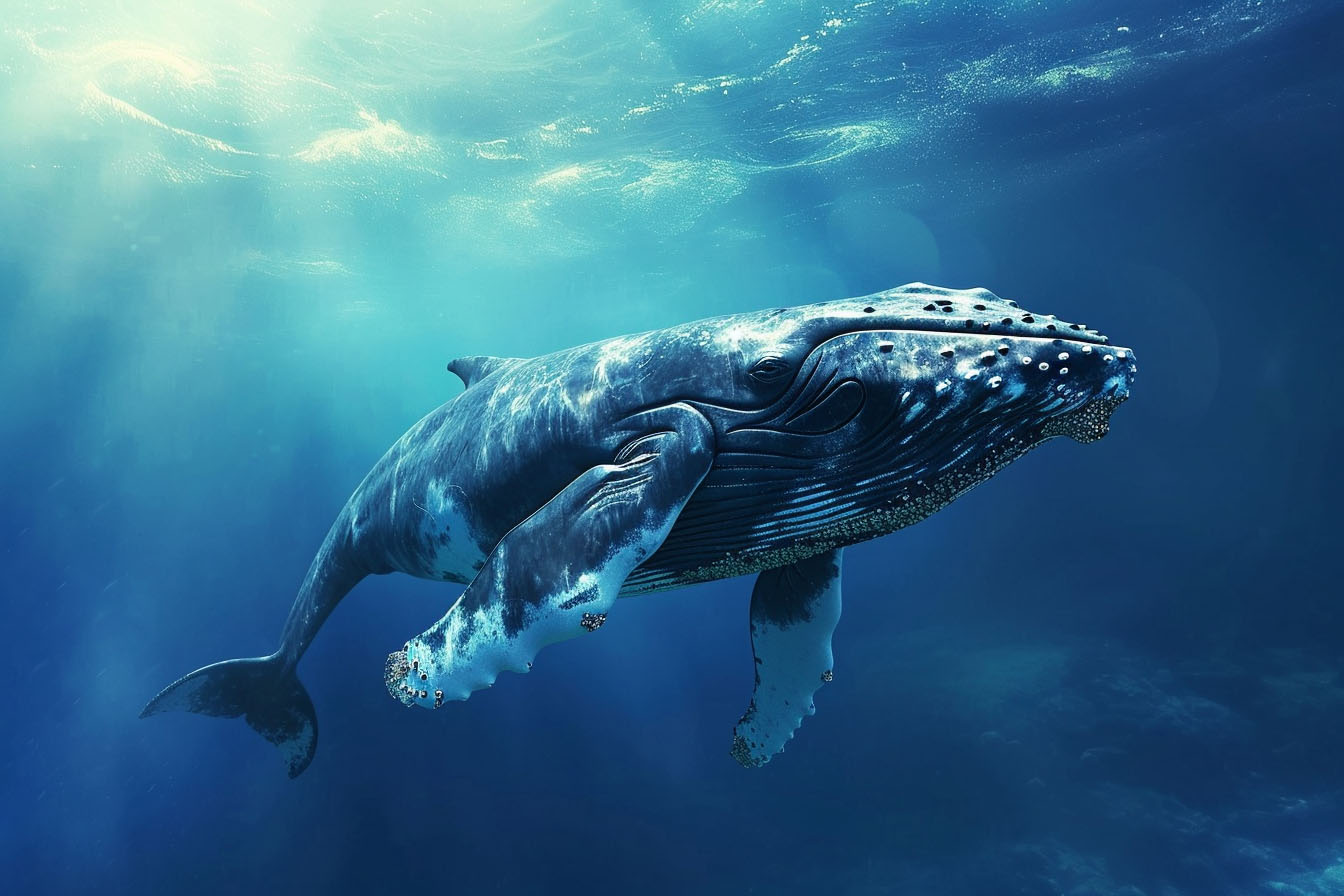
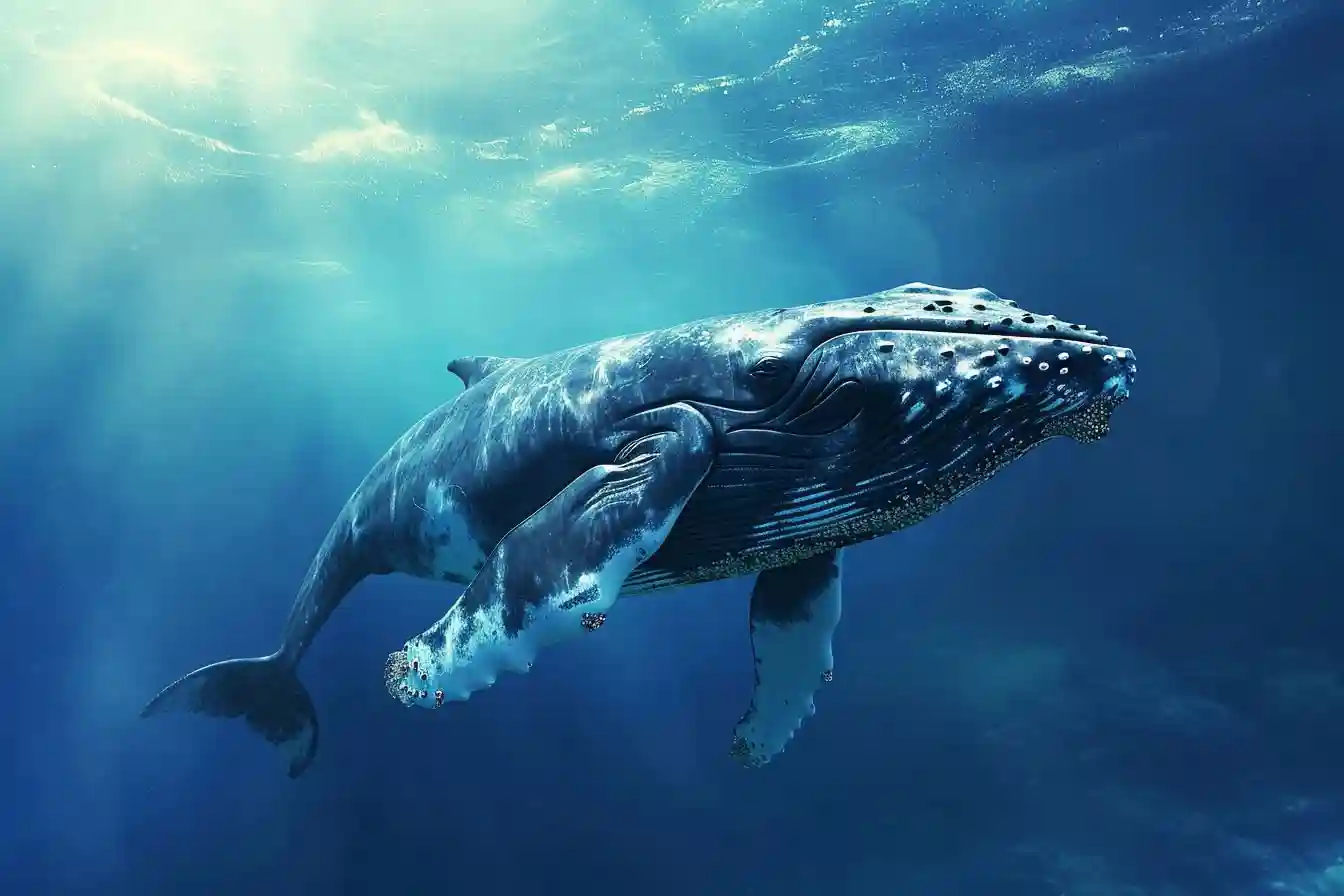
The Eye of the Ocean monitoring program is part of the Blue Life project in Costa Rica and deals with the monitoring and protection of the underwater world with a focus on marine mammals, whales and dolphins. The flagship animals of the Eye of the Ocean are humpback whales, which come to Santa Elena Bay from July to March to breed.
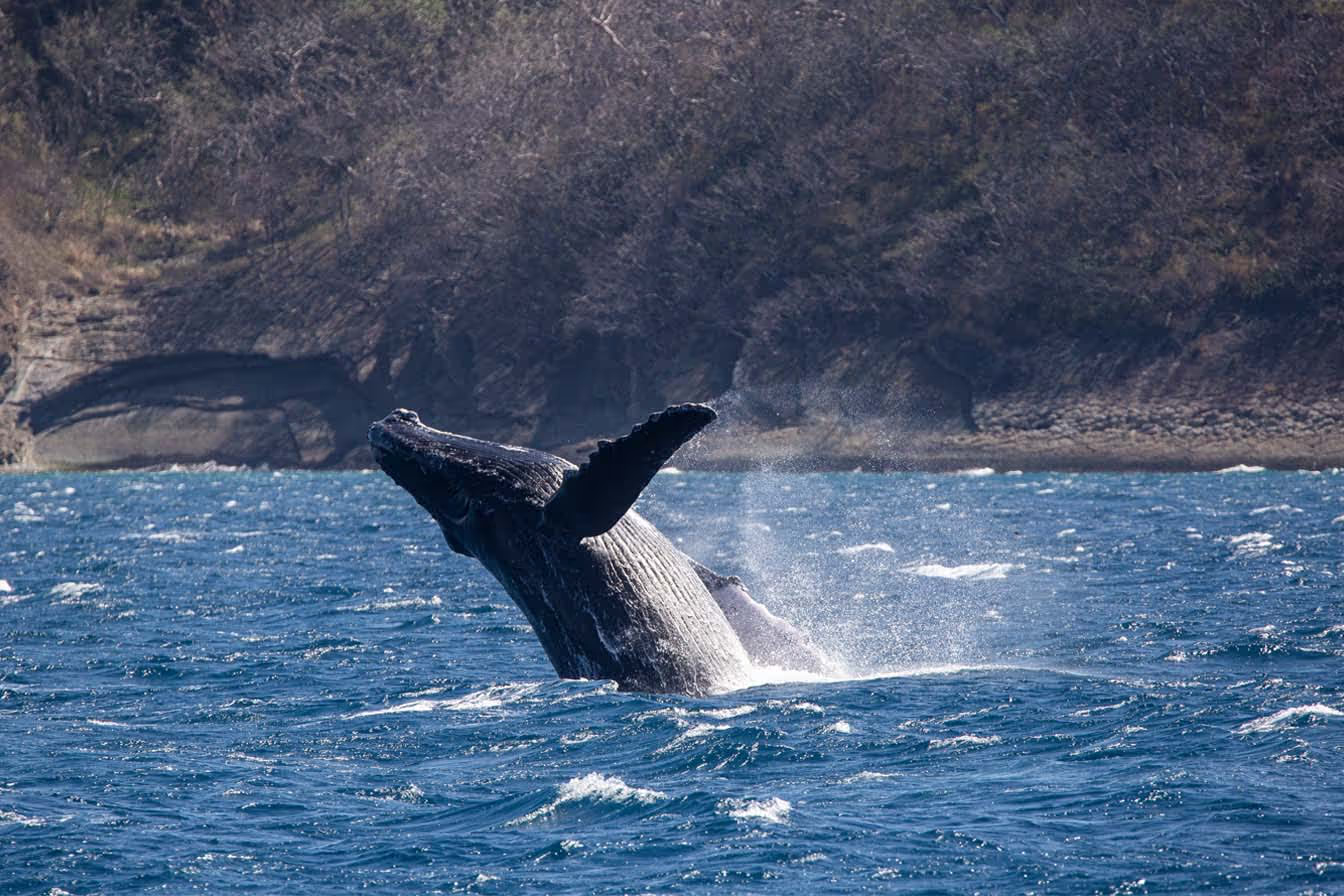
Monitoring is being conducted at sea by our project vessel The Spartan in the IMMA humpback whale breeding zone between Santa Elena Bay and Papagayo Bay. The objective of monitoring from the ship is to provide photographic and video documentation of individual marine mammal species, their tail and dorsal fins, blows, numbers and behaviour of whales and dolphins. Documentation is done using cameras, video cameras and drones, including underwater documentation under special permits from the Department of Environment and Energy, the National System of Protected Areas and the Guanacaste Protected Area:
All data collected is used for research, conservation, and education in collaboration with marine biologist Frank Garita and now the ACG Guanacaste.
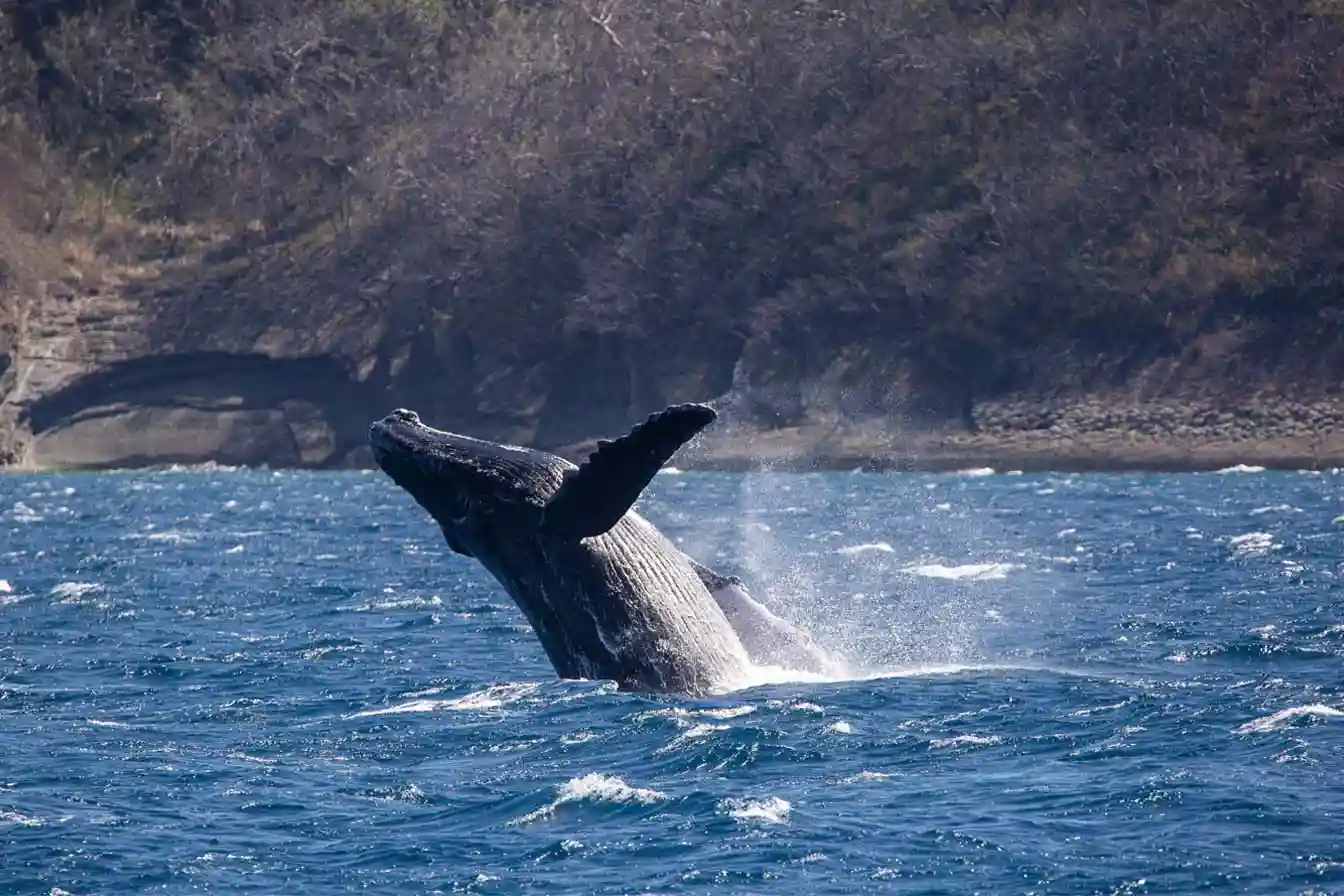

Our project motor boat The Spartan meets the highest criteria for quality one-day and several-days monitoring in the IMMA (Important Marine Mammals Area) reproduction zone of humpback whales between Santa Elena Bay and Papagayo Bay.
We can operate up to 4 days at a time without the need for contact with the mainland.
The boat is 11 meters long,4 meters wide, has a high and very clear captain‘s bridge for 6 people.
It is powered by two built-in engines, has a generator, a quality navigation map system with sonar and an autopilot. On the ship there are marine binoculars, a hydrophone, underwater drone Chasing 2 Pro Max for monitoring the voices of whales under the sea surface and two complete diving equipments.
A crew of up to eight can sleep on it.
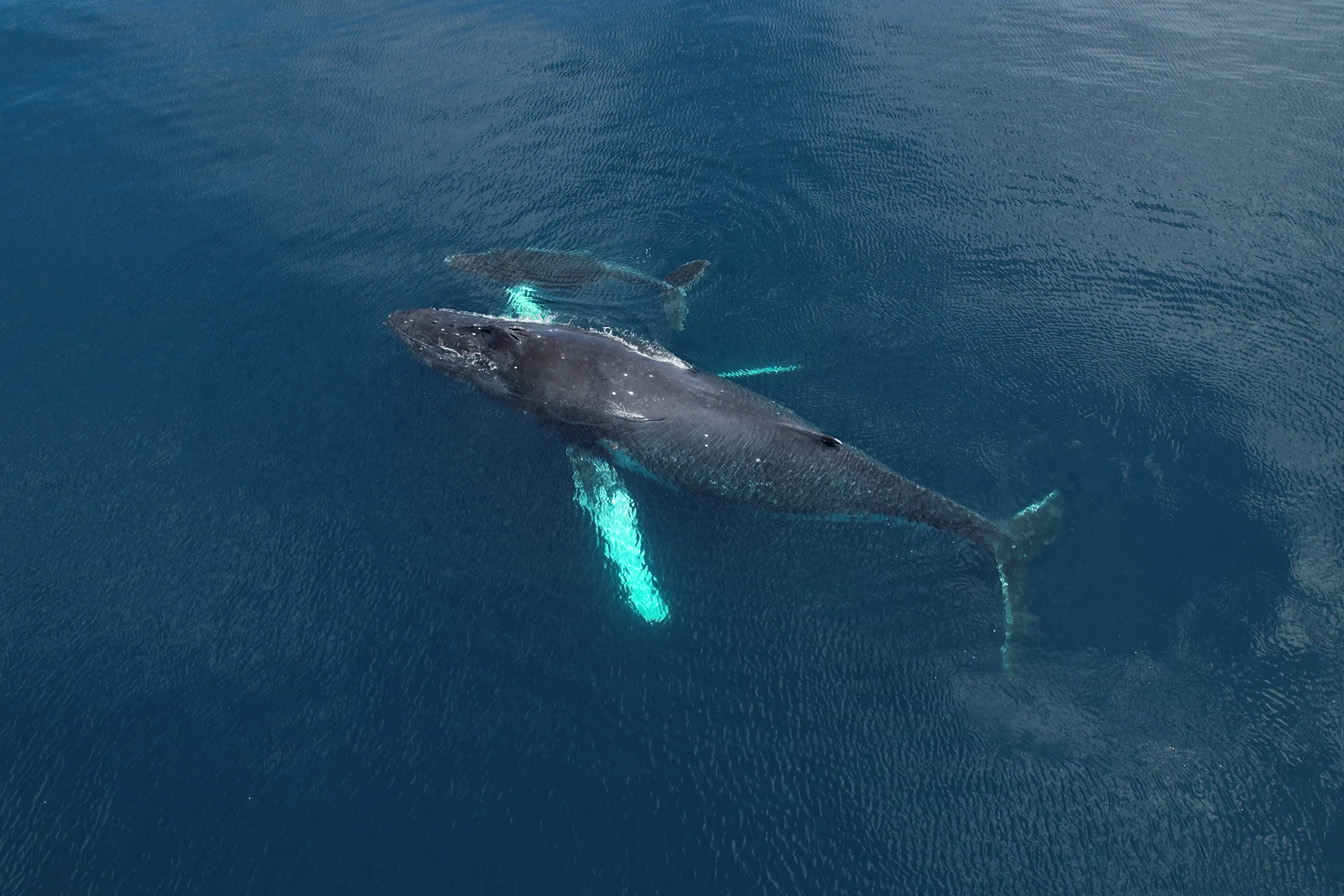

Santa Elena Bay is a unique breeding zone for humpback whales, which come here for courtship, reproduction and birth from July to November (southern population from Antarctica) and from December to March (northern population from California).
This key site is also part of the officially designatedIMMA San Juan del Sur – Papagayo Bay reproductive zone. However, this world-important whale bay is threatened by the economic intention of trying to build a gigantic cargo port, which is part of the „Dry Channel“ project, which is a brutal threat to the entire bay and its biodiversity in theIMMA humpback whale reproduction zone.
This threat can be averted with strong and up-to-date whale data in Santa Elena Bay. This is exactly what we do, direct field monitoring with The Spartan to protect marine mammals throughout this area.
Our data goes to the competent state nature protection authorities SINAC, ACG Guanacaste, Incopesca to the Costa Rican Congress. Our campaign also includes the international Voice for Whales petition.
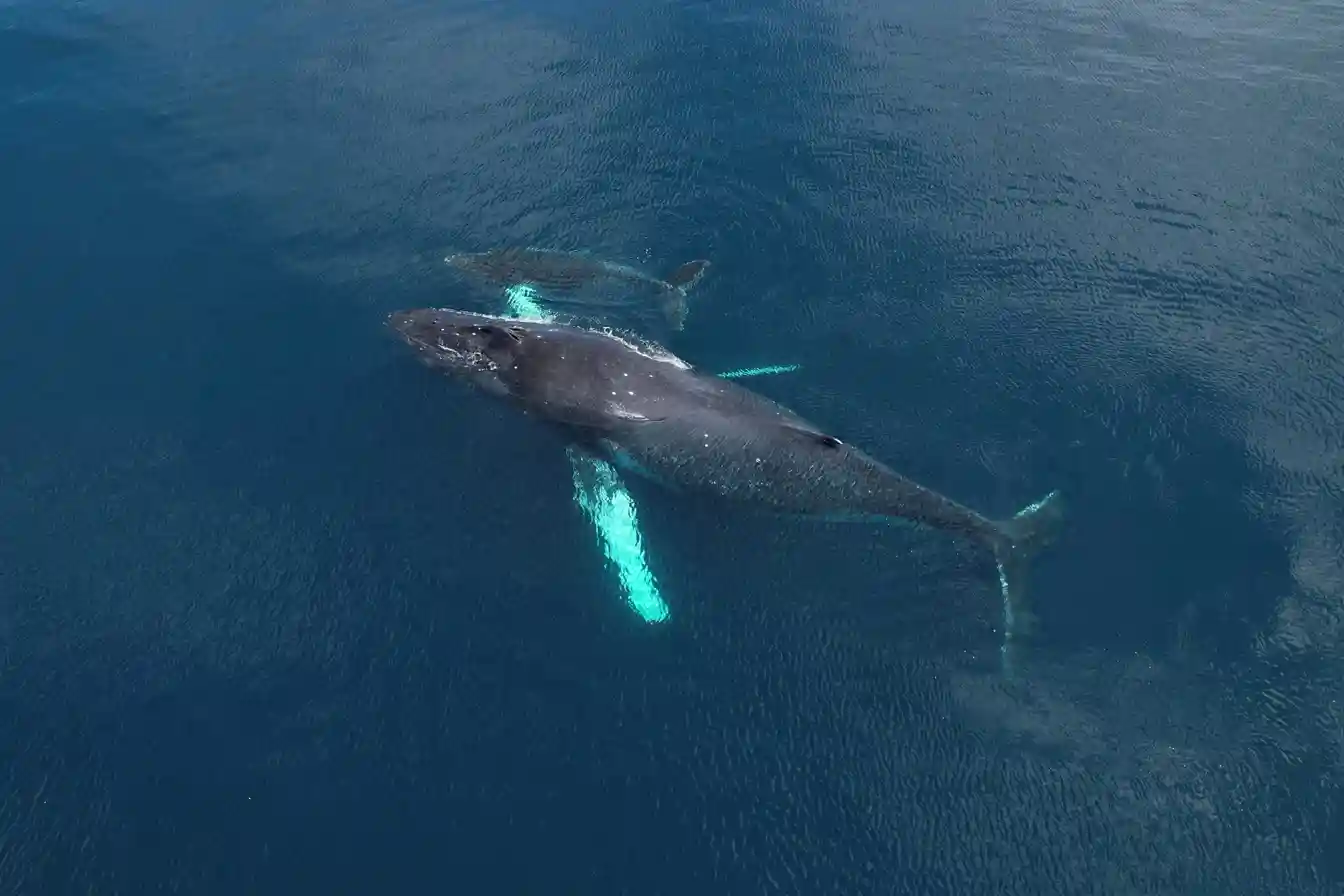
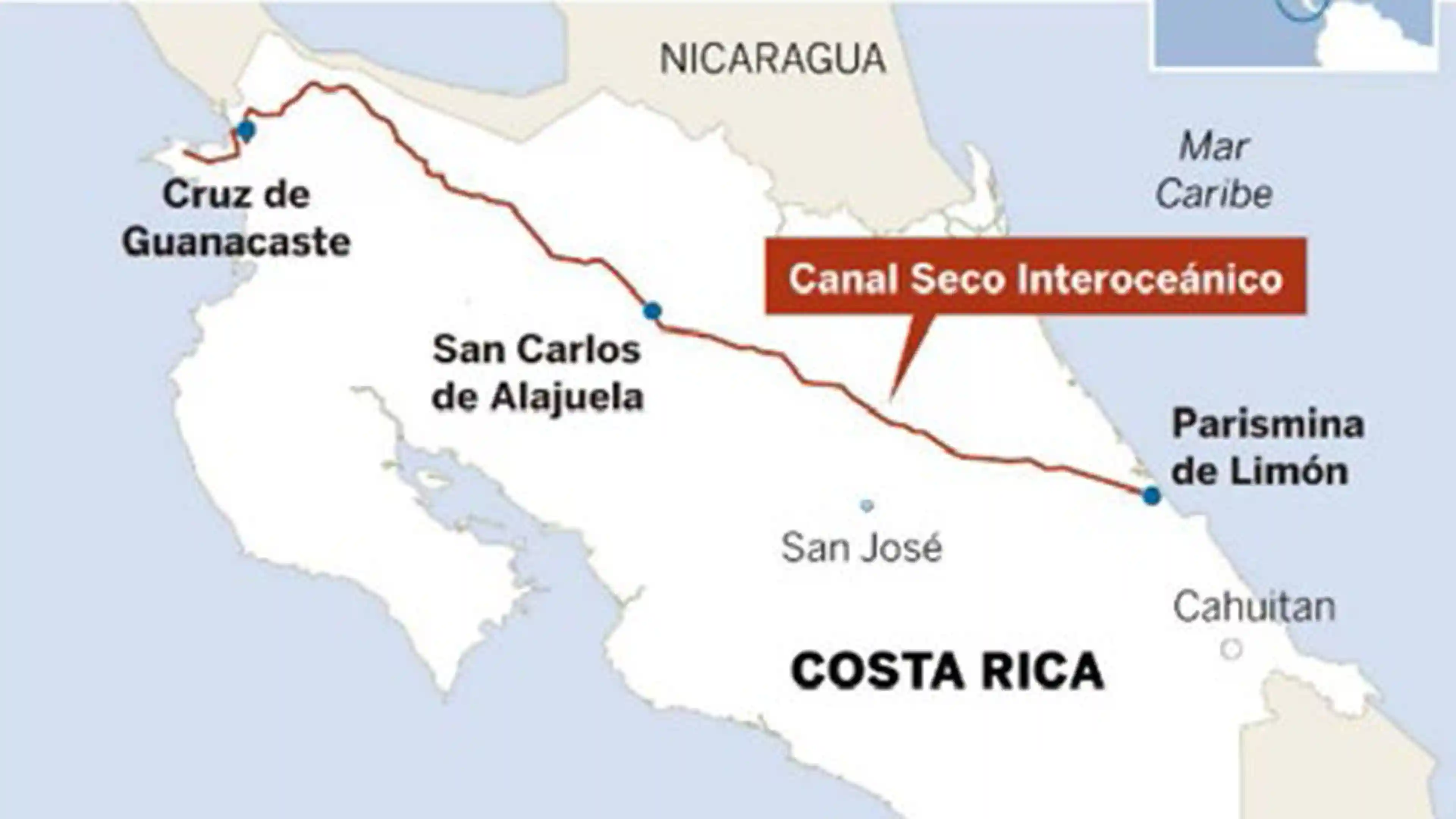
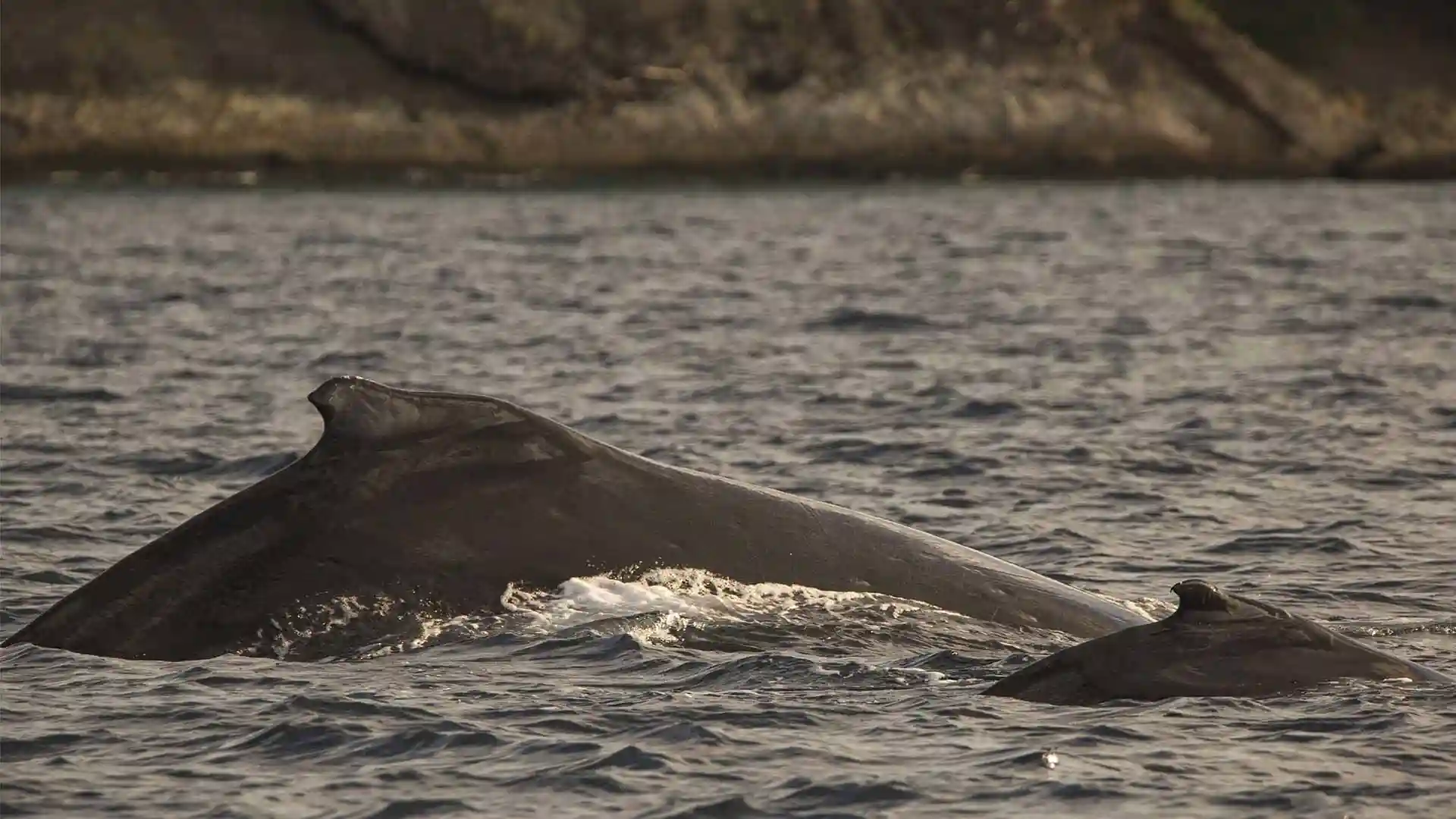
Despite the fact that Costa Rica is a model country for the protection of terrestrial eco systems, especially rainforests, the protection of the ocean and the underwater world is very backward.
Just as there is a nationwide ban on hunting wild animals on land, it is different in the ocean. The massive demand for marine fish in restaurants, sport fishing, the huge export of fish outside Costa Rica (up to70%) and the technical maritime inability of the state to protect its marine economic zone make CostaRica a country under enormous pressure from both legal and illegal fishing. Costa Rica ranks among the five worst countries for shark finning.
Thermal Dome, as an oceanic phenomenon, is the target of foreign fishing boats, especially Chinese ones, which come here to catch yellowfin tuna on their age-old migration, or shark fins.
The outgoing ocean current carries such a large amount of nutrients, i.e. plankton, that is why thousands of dolphins, the largest population of humpback whales on Earth, sharks, rays, sea turtles and huge shoals of sea fish live here. These rare animals end up as bycatch in the nets of large fishing boats that often enter Costa Rican waters illegally, but there is no force yet to provide relevant evidence of these fishing activities. Let‘s help!
Become a direct part of protecting whales and their important bay for their reproduction. Each of us now has the opportunity to get involved in the monitoring and protection of marine mammals. How to do it:
Support the operating costs of the project ship The Spartan so that it can operate in the field with itsEye of the Ocean crew.